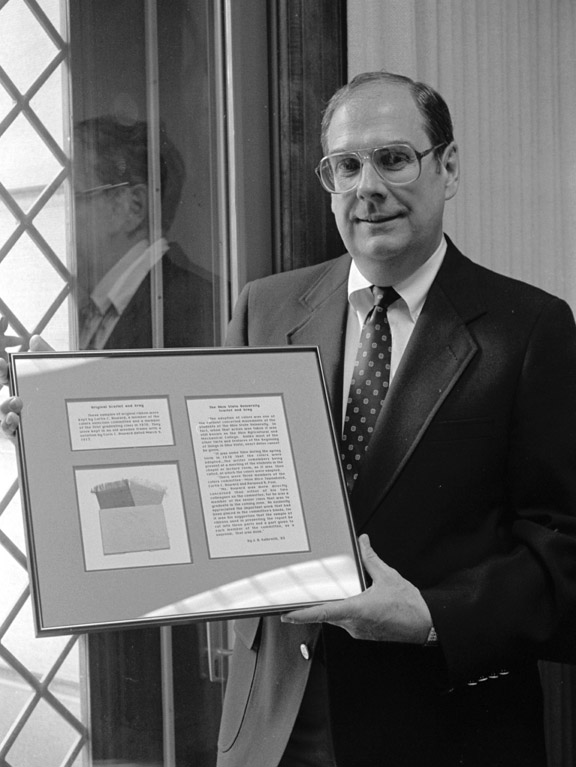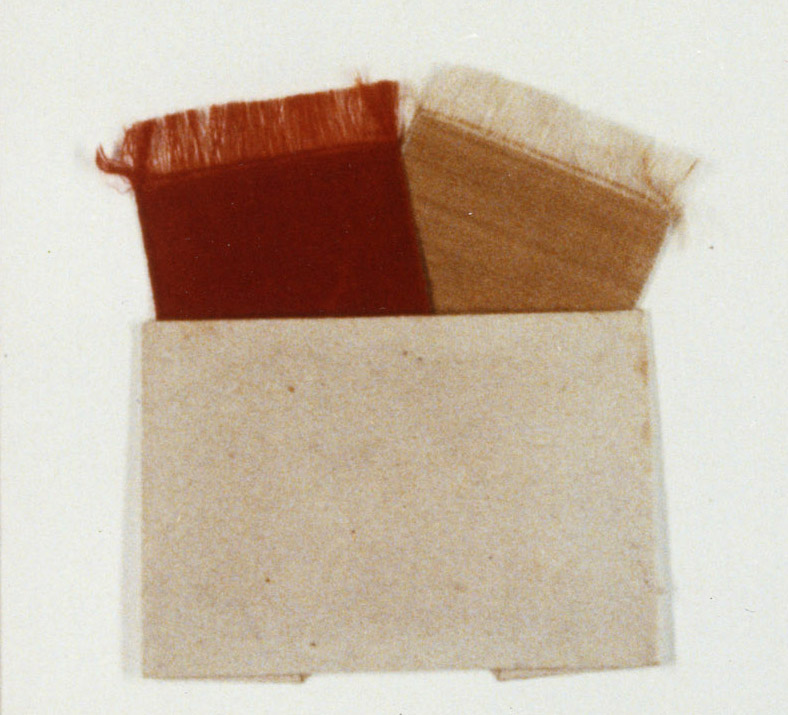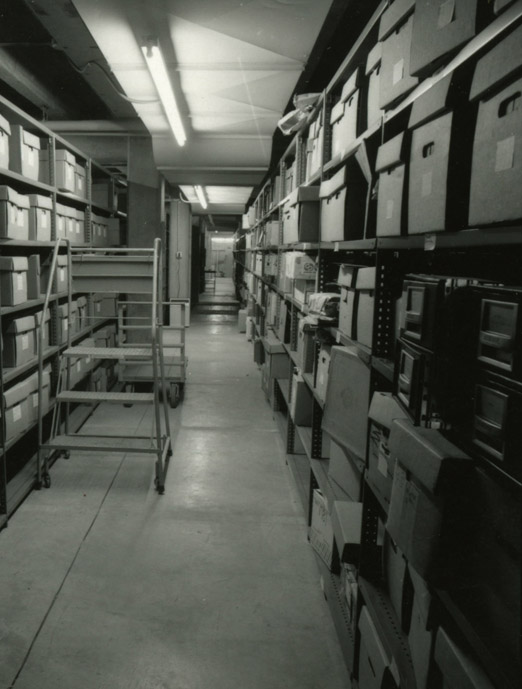The requirement for sophomores to live in dorms went into effect this semester, but it’s not the first time second-year students have been told they have to live on campus. In early 1965 President
Novice Fawcett enforced a rule stating that “unmarried freshman and sophomores under twenty-one years of age who do not live with their parents or close relatives are required to reside in University-owned residence halls.” The rule was set to take effect in 1967.
This rule had originally come about in April 1958 when large amounts of money was raised by issuing bonds to pay for a large number of new residence halls. The sophomore dorm rule was a way to maintain full occupancy in the new residence halls and ensure bond holders their money would be paid back. Until the recommendation in 1965, the rule had never been enforced, likely due to high rates of occupancy in the residence halls.
Although the number dorm rooms in the mid-’60s met the demands of the current student body, the residence hall capacity was expected to increase. Vice President Gordon B. Carson stated with these new openings, “it would be wise and prudent to reaffirm the Board of Trustees’ resolution.”
Students and politicians alike opposed the 1965 rule. Adversaries pointed out that there is a greater cost to living in dormitories. They, including Robert Shaw, a Republican state senator of Ohio, believed that forcing students to remain in dorms for two years would prevent those with insufficient funds from attending the university and was therefore discriminatory.
Students, alumni and community members thought that it was not the job of the university to decide on living quarters; there should be freedom of choice. Furthermore, students believed the reason for the enactment was a money-making scheme.
Regardless, the rule was enforced in the autumn of 1968 and remained in effect until 1976. Throughout this period, sophomores could have a waiver signed by their parents allowing them to live off-campus. The accessibility of the waivers fluctuated throughout
the eight-year period, with the most liberal period toward the end of dorm rule. Waivers were given out so frequently that sophomores were able to choose if they wanted to live on or off campus and thus made the dorm rule obsolete.
The fight against dorm rule was part of a larger movement on campus led by students to have their voices heard by the administration. You can learn more about the student movements on our Spring of Dissent exhibit and Bill Shkurti’s new book The Ohio State University in the Sixties: The Unraveling of the Old Order.













Recent Comments